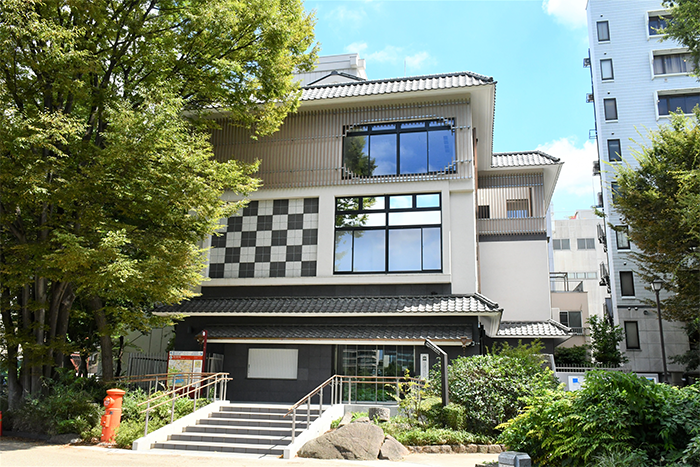

Facility Information
The Shitamachi Museum was established for the purpose of passing on to future generations the culture and traditions of this unique Shitamachi area, the traditional heart of Tokyo, centered around Taito City.
Inside the museum, you will be able to actually enter a recreated Japanese lantern shop and rear tenement and touch the daily items of the time on exhibit. There are also exhibitions related to seasonal annual events.
Visitor Information
| Opening | 9:30 a.m. to 4:30 p.m.(Last admission 4:00 p.m.) |
| Closed |
Mondays (Open if it is a holiday, and close the following day) December 29 -January 3, Admission purpose, etc. |
| Admission |
Adult ¥300 High/Junior high/Elementary School Students ¥100 |
| Address | 2-1 Uenokoen, Taito-ku, Tokyo Telephone:03-5846-8426 |
| Access |
5 minutes walk from Ueno Station |
| Web site | https://www.taitogeibun.net/shitamachi/ |





